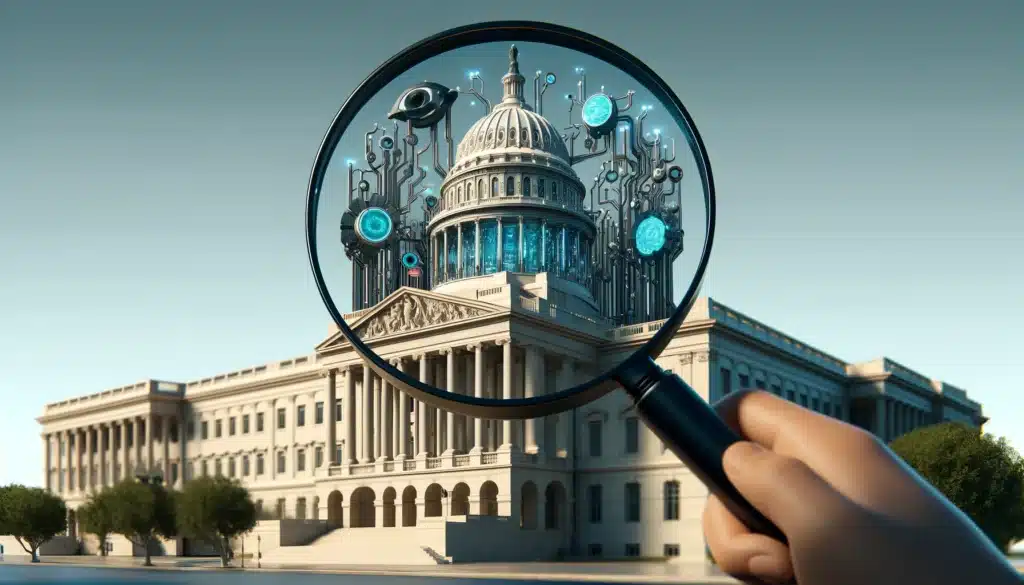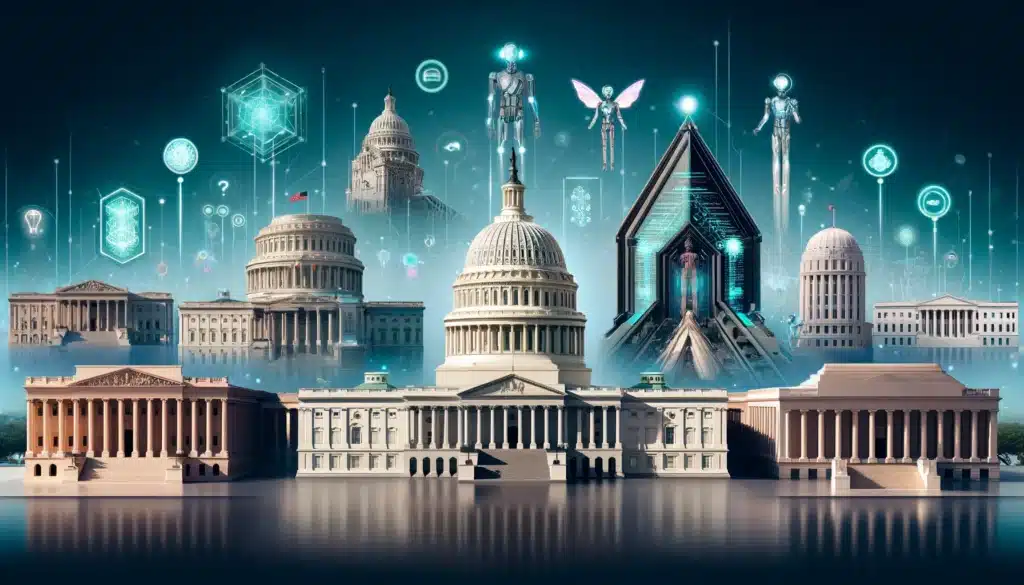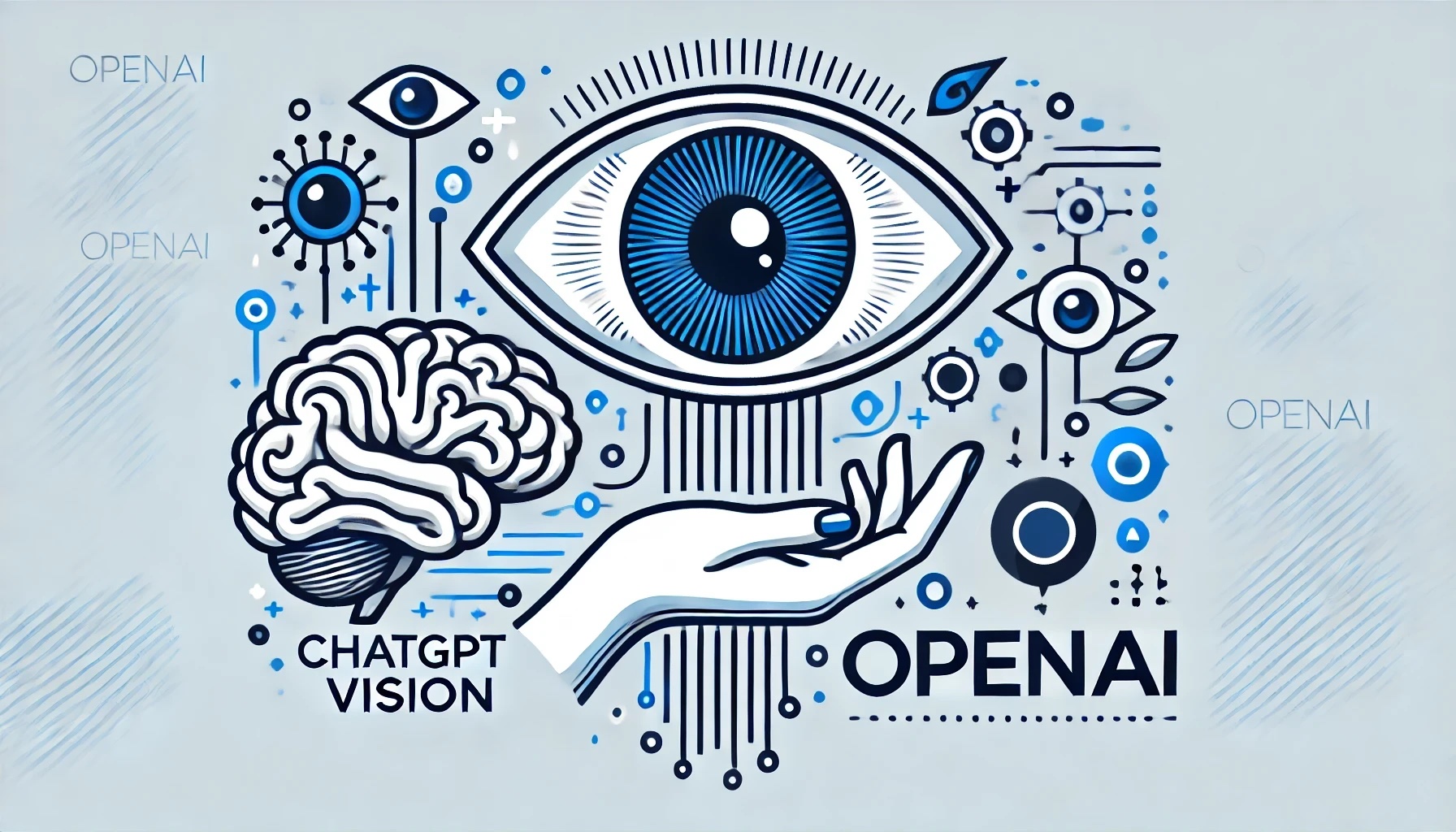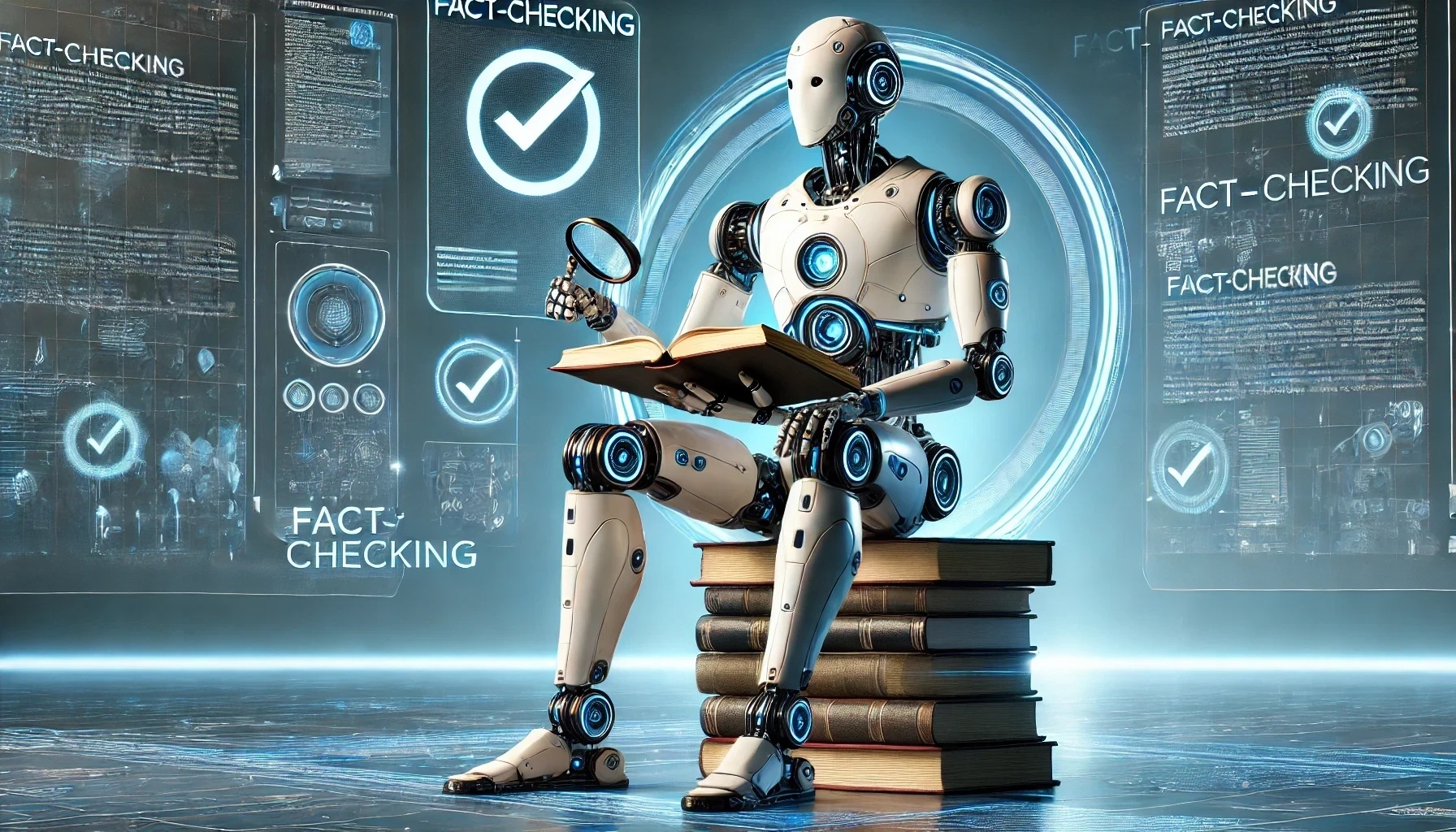Transforming Governance with Artificial Intelligence
In the rapidly evolving world of technology, the integration of AI in Government is a testament to the seamless fusion of innovation and public service1. As we delve into this intricate dance of technology and governance, it becomes evident that artificial intelligence is not just a tool, but an ally, enhancing efficiency, accuracy, and transparency. It’s not just about automating tasks but also about improving decision-making, providing personalized services, and creating a more responsive government.
The Dawn of AI Integration

The Department of Homeland Security has gracefully stepped into the future with open arms, embracing artificial intelligence to enhance its operations2. This pivotal moment marks a significant milestone where tradition meets innovation. The integration is not about replacement but enhancement; it’s about augmenting human capabilities to achieve unprecedented levels of efficiency. It’s about using AI to analyze vast amounts of data quickly, identify patterns, and make informed decisions.
AI in Government – A Closer Look

As we explore this journey further, it’s essential to understand that AI’s role within government agencies is multifaceted. From data analysis to predictive analytics, artificial intelligence serves as an invaluable asset3. It sifts through vast datasets with precision, extracting actionable insights that inform decision-making processes. It’s not just about processing data but also about understanding it, interpreting it, and using it to make better decisions.
Security Reinvented

In the realm of homeland security, AI transcends conventional boundaries. It amplifies predictive capabilities while ensuring data integrity and security4. The fusion of machine learning algorithms with human ingenuity has given rise to a new era where threat detection and response are not just reactive but proactive. It’s about using AI to identify potential threats before they occur, to protect citizens and maintain national security.
Beyond Homeland Security

While the Department of Homeland Security leads the charge, other government agencies are not far behind. There is a collective movement towards adopting artificial intelligence across various sectors – from healthcare to urban planning – painting a future where technology and governance are intrinsically linked5.
AI Applications in Various Government Sectors

Artificial intelligence is making its mark across various government sectors, transforming the way public services are delivered. In healthcare, AI is being used to predict disease outbreaks and improve patient care. In education, it’s personalizing learning experiences and improving accessibility. In transportation, AI is optimizing routes and reducing traffic congestion. Each application of AI brings us one step closer to a future where government services are more efficient, accessible, and responsive to the needs of the public.
Future Trends in Government AI

Looking ahead, we can expect to see several trends in the use of AI in government. One major trend is the increased use of AI for predictive analytics, which can help government agencies anticipate future needs and proactively develop solutions. Another trend is the automation of routine tasks, freeing up government employees to focus on more complex and impactful work. Lastly, we can expect to see improved citizen engagement as AI makes it easier for the public to access and interact with government services.
Ethical Considerations & Responsible Use

Yet amidst these advancements lies an underlying narrative – ethical considerations and responsible use of AI in government settings. Balancing technological innovation with ethical standards ensures that as we advance into this new frontier; human rights, privacy, and fairness remain at the core6.
A Collaborative Future Ahead

In conclusion, as we navigate through these uncharted waters marked by rapid technological advancements juxtaposed against traditional governance structures; adaptability becomes our greatest ally. Embracing AI within government.
As we stand on this precipice of change looking ahead at untapped potentials; collaboration emerges as a cornerstone for success. It’s not just about technological advancement but fostering partnerships between tech innovators and policymakers alike – weaving together a tapestry rich in diversity yet unified in vision. It’s about working together to harness the power of AI, to create a future where technology and governance are intrinsically linked.
References:
- Dept. of Homeland Security embraces AI, other agencies to follow – CNBC
- Dept. of Homeland Security embraces AIhttps://www.cnbc.com/2024/04/17/dept-of-homeland-security-embraces-ai-other-agencies-to-follow-.html, other agencies to follow – CNBC
- DHS Launches First-of-its-Kind Initiative to Hire 50 Artificial Intelligence Experts
- Department of Homeland Security lays out AI plans in new roadmap
- Department of Homeland Security Unveils Artificial Intelligence Roadmap
- Fiscal policy must stay the course to manage rising debt, IMF says – CNBC
Please note, that the author may have used some AI technology to create the content on this website. But please remember, this is a general disclaimer: the author can’t take the blame for any mistakes or missing info. All the content is aimed to be helpful and informative, but it’s provided ‘as is’ with no promises of being complete, accurate, or current. For more details and the full scope of this disclaimer, check out the disclaimer page on the website.



